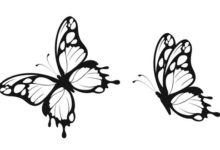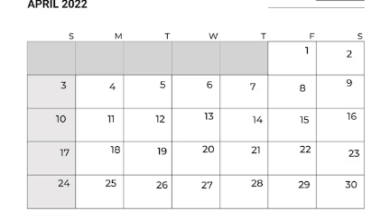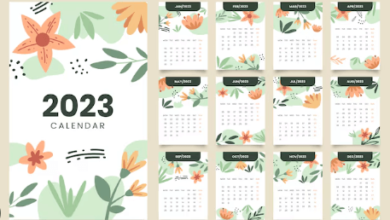Clip Art:31rlpchzgos= 4th Amendment

The intersection of clip art and the Clip Art:31rlpchzgos= 4th Amendment presents a unique opportunity to explore the visual representation of privacy rights in an increasingly digital landscape. As society grapples with issues of surveillance and individual freedoms, the use of clip art can serve as a powerful medium for illustrating these complex legal concepts. This raises important questions about the effectiveness of visual tools in conveying constitutional protections. What implications might arise from this blend of art and constitutional discourse, particularly in an era where digital privacy is continually under scrutiny?
Understanding the Fourth Amendment
The Fourth Amendment to the United States Constitution is a critical component of the Bill of Rights, designed to protect citizens from unreasonable searches and seizures.
It establishes the necessity of search warrants, grounded in probable cause, to safeguard individuals’ reasonable expectation of privacy.
The exclusionary rule further reinforces these protections by prohibiting evidence obtained through illegal searches, thereby addressing potential privacy invasions.
Historical Context of Privacy Rights
Privacy rights in the United States have evolved significantly since the founding of the nation, reflecting broader societal values and legal interpretations.
Initially shaped by colonial surveillance practices, these rights faced challenges that necessitated the establishment of critical legal precedents.
Landmark cases have defined the boundaries of individual privacy, emphasizing the ongoing tension between governmental authority and the fundamental right to personal security.
Read Also Clip Art:15cyyhv7irs= Spray Bottle

Contemporary Challenges in Digital Age
Navigating the complexities of privacy rights in the digital age presents significant challenges that test the limits of the 4th Amendment.
The rise of data surveillance technologies raises critical questions regarding digital privacy, often leading to conflicts between governmental interests and individual freedoms.
As society grapples with these emerging dilemmas, the need for robust protections against intrusive data practices becomes increasingly essential to uphold constitutional rights.
The Role of Clip Art in Commentary
In contemporary discourse, clip art serves as a powerful tool for visual commentary, enhancing the ability to convey complex ideas succinctly and effectively.
By integrating visual storytelling, it facilitates creative expression that resonates with diverse audiences.
This medium not only simplifies intricate concepts but also empowers individuals to articulate their perspectives, fostering a culture of informed dialogue and promoting freedom of thought in the digital age.
Conclusion
In conclusion, the Clip Art:31rlpchzgos= 4th Amendment remains a vital safeguard against government overreach, particularly as digital surveillance proliferates. A striking statistic reveals that, in 2021, approximately 90% of U.S. adults expressed concerns over their online privacy, highlighting widespread anxiety over personal data security. This sentiment underscores the necessity for robust legal protections and informed public discourse regarding privacy rights in an increasingly connected world. The integration of clip art into this conversation can enhance understanding and awareness of these critical issues.





